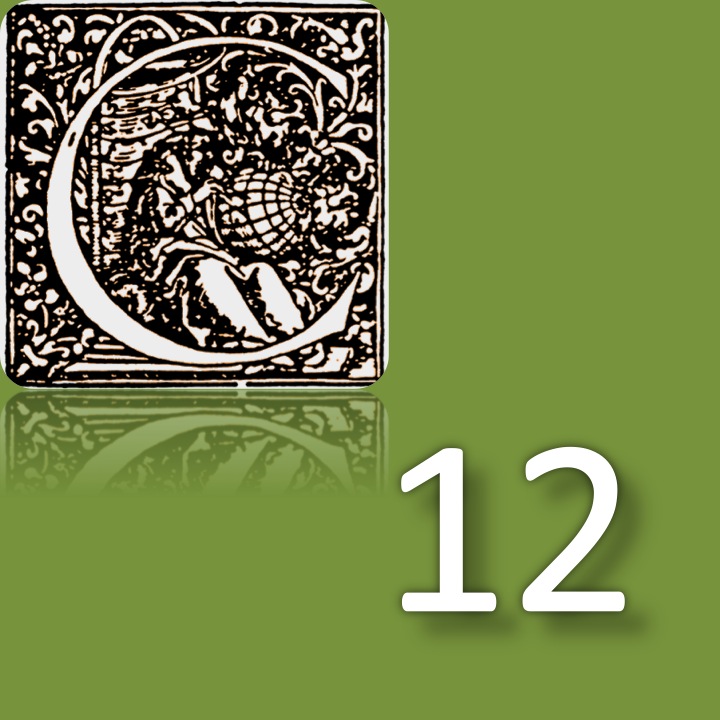Lavoisier, Guyton de Morveau, and Berthollet, chemists and correspondents (1772-1822): forms and uses of scientific correspondence around the Revolution
Abstract
As Joseph Black’s and volume VII of Lavoisier’s correspondence were recently published (2012), it is worth to revisit the place, status, and nature of the scientific correspondence. A precious source for biographic studies, as well as for the analysis of the circulation of knowledge, scientific networks, and practices, the correspondence of scientists allows for a closer approximation to the protagonists of the debates. The correspondence of the chemists at the time of the chemical revolution does not represent an exception to that rule, and much less because they had an active participation in the French Revolution. As a thorough analysis of the scientific and political content of Lavoisier, Guyton de Morveau, and Berthollet’s letter exchanges exceeds the scope of an article, the aim of the present paper is to study the material nature of the correspondence of those major chemists, who also occupied official positions, and the use they made of it, while trying to identify their eventual specificities.Downloads
Published
2012-12-21
Issue
Section
Dossiê: Fontes para a História da Ciência


.png)
